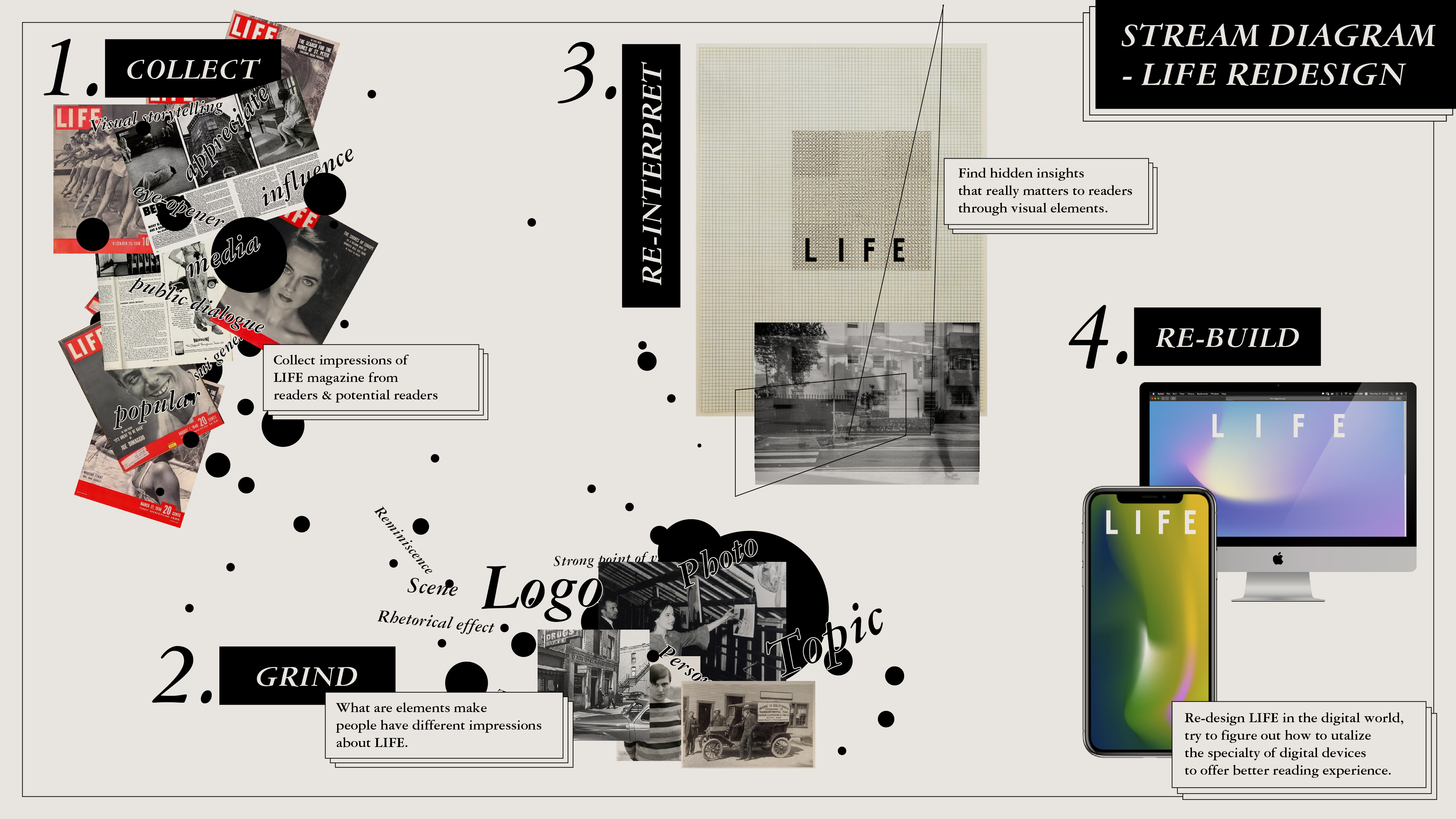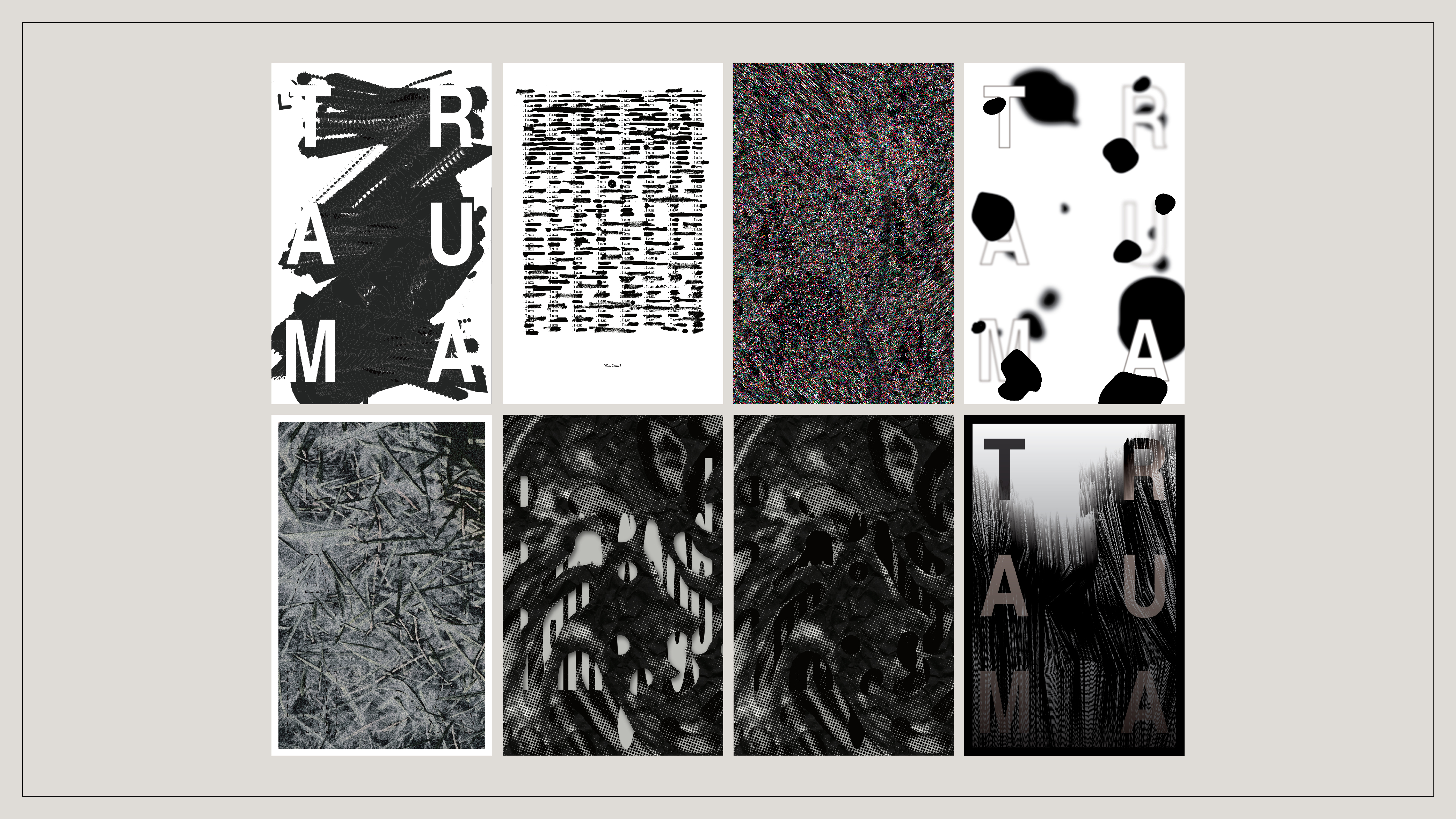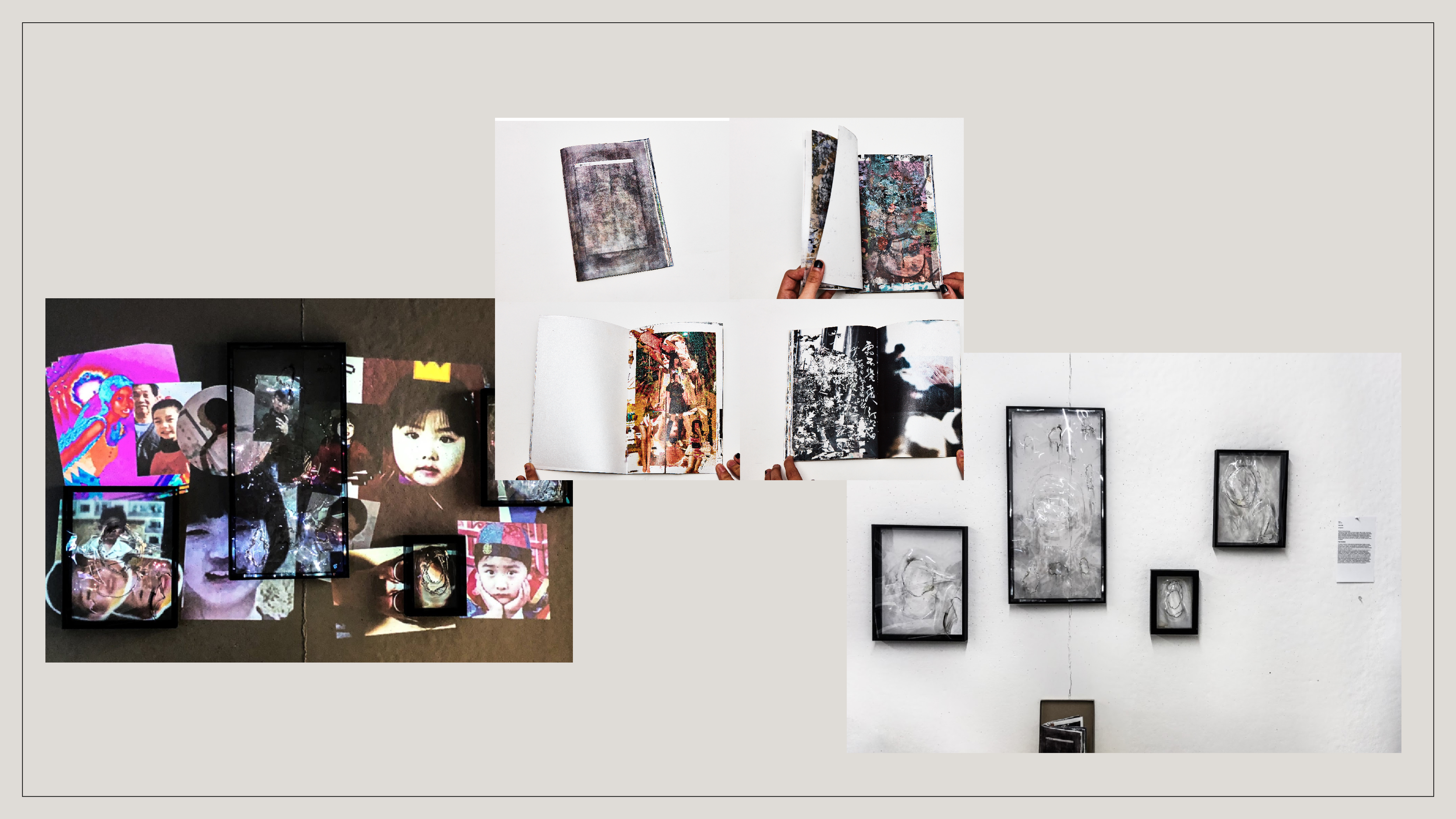The Stream on Design
Jiawei Wu
Peter A. Levine proposed the concept of “stream”, a conceptual therapy through the felt sense to heal trauma, which leads to an understanding of bi-directional communication between thoughts and physiology. Stream reveals that perception is a dynamic process of creating order and meaning. Design acts in a similar way when it combines rational problem solving with the development of emotional narratives.
I created a system that includes a video to introduce what the “stream” is, a diagram to demonstrate the process of applying stream to redesigning LIFE magazine and two videos to reveal the redesigned LIFE magazine.
My purpose is establishing an emotion-oriented design methodology to empower designers by consolidating concepts with different senses, emphasizing perceptions and articulating deeper narratives. This methodology expands the designer's capability to effectively organize and link emotional and subjective fragments of information to reconstruct scenes, develop new narratives, and achieve a deep resonance.
Introduction to the stream

The stream diagram of LIFE redesign
Redesigned LIFE
The advertisement of redesigned LIFE

The diagram of the contextual framework

Scars
The first piece of my series of work inspired by trauma, called Scars. It explores the relationship between the felt sense and trauma. I used my scar photos to arouse people's cognition of trauma. I used the felt sense as the medium to experience the totality of sensations. I found subjective perceptions and personal experience in this process would make people expanding their self-reflecting and self-criticizing narratives about a neutral object.
Posters
I questioned how design can utilize a neutral element combined with a physical sensation to narrate a new story that mobilizes the audience’s visual-haptic interaction, arousing strong repercussions without explanation.